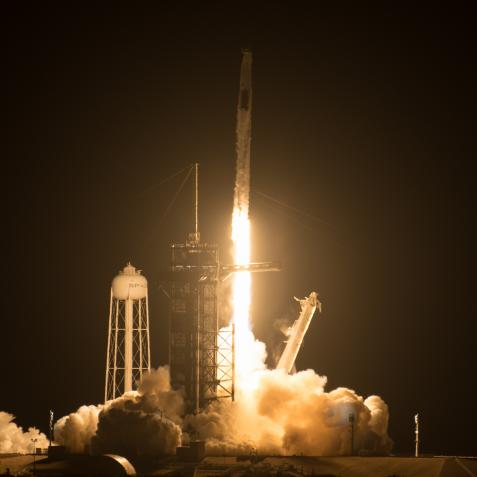
Blue Origin
Liftoff of Blue Origin’s New Shepard NS-14 Scheduled for January 14
Blue Origin will attempt its next test flight of New Shepard on January 14 at 10:45A ET from Launch Site One in West Texas. Let’s learn more about Mission NS-14.
Blue Origin was founded in 2000 by Jeff Bezos in Kent, Washington. The aerospace company’s vision involves a future where millions of people will be living and working in space. Privately funded, Blue Origin is developing infrastructure for human spaceflight using reusable launch vehicles and rocket engines.
On January 14 at 10:45AM ET, Blue Origin is targeting liftoff of the next New Shepard flight known as Mission NS-14, marking the 14th flight of the New Shepard program. The company announced that the “crew capsule has been outfitted with upgrades for the astronaut experience as the program nears human spaceflight. The upgrades include improvements to environmental features such as acoustics and temperature regulation inside the capsule, crew display panels, and speakers with a microphone and push-to-talk button at each seat. The mission will also test a number of astronaut communication and safety alert systems. The capsule will be outfitted with six seats, including one occupied by Mannequin Skywalker.”
Inside the capsule are roughly 50,000 postcards that will be flown to space and back, written by students from around the globe through Blue Origin’s nonprofit Club for the Future.
You can watch the launch live here.


















